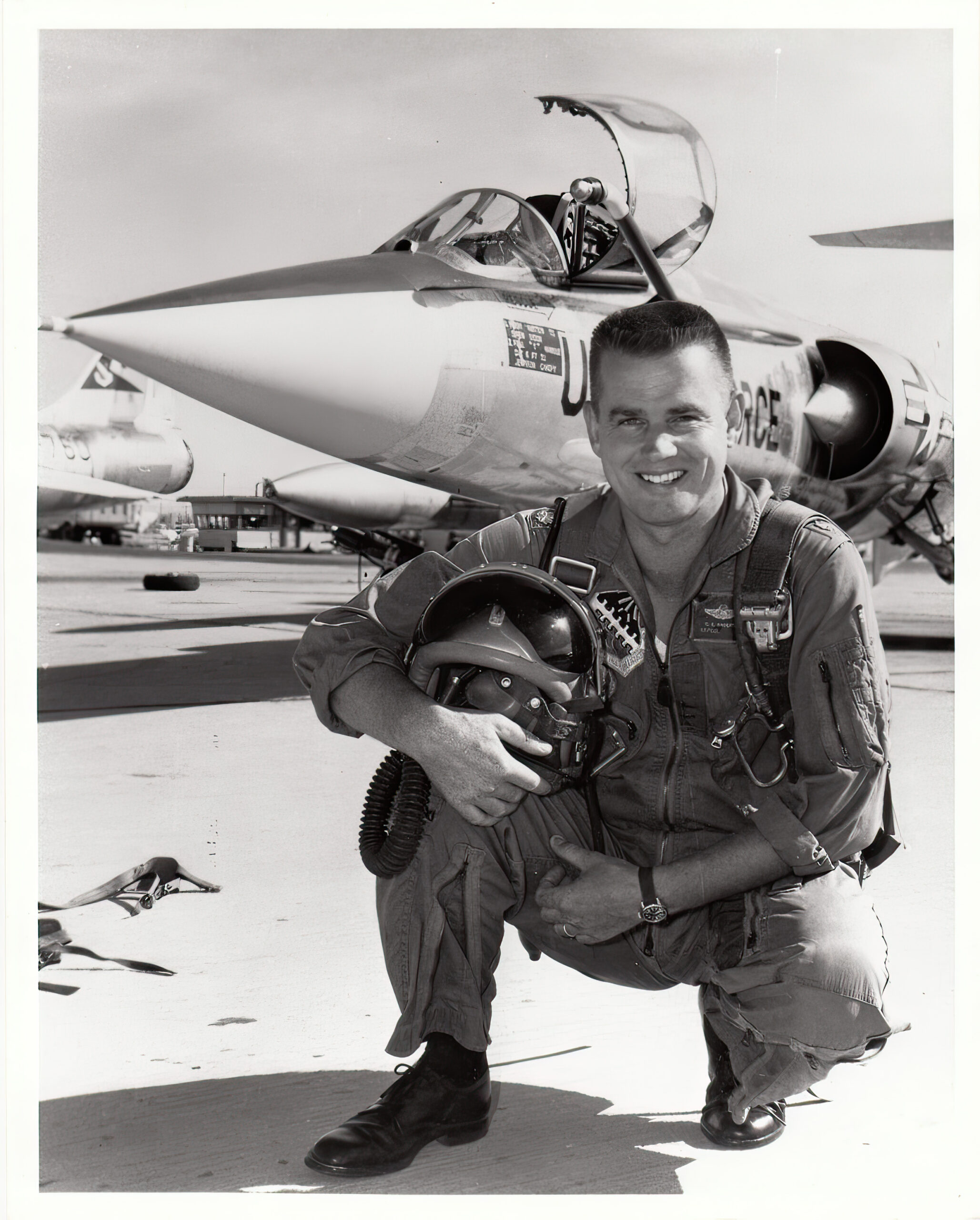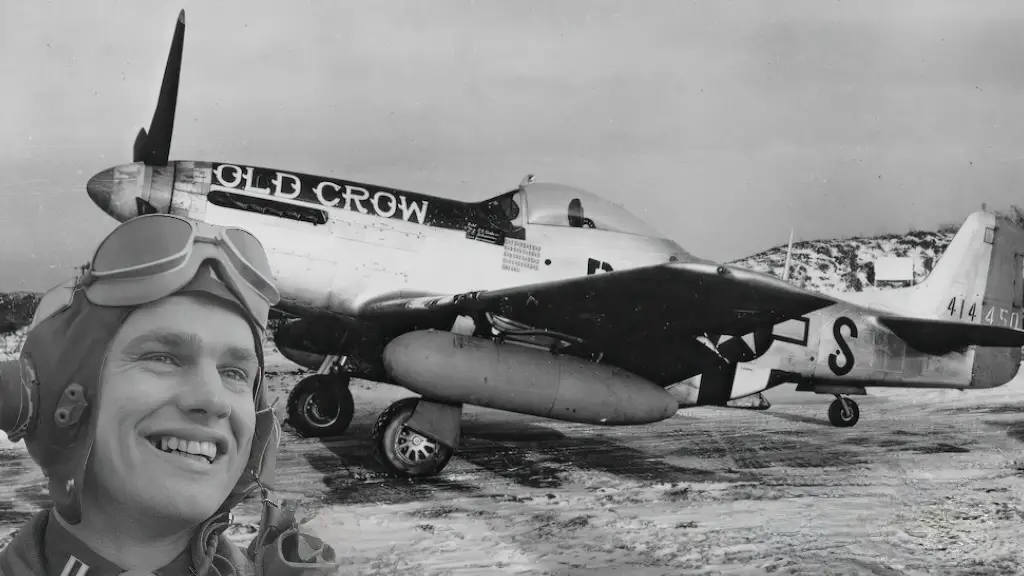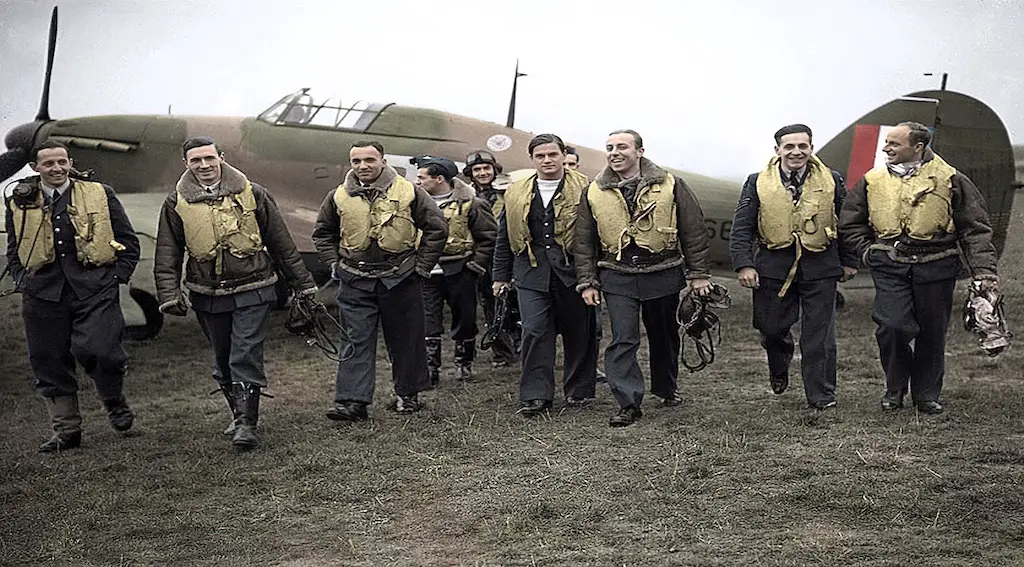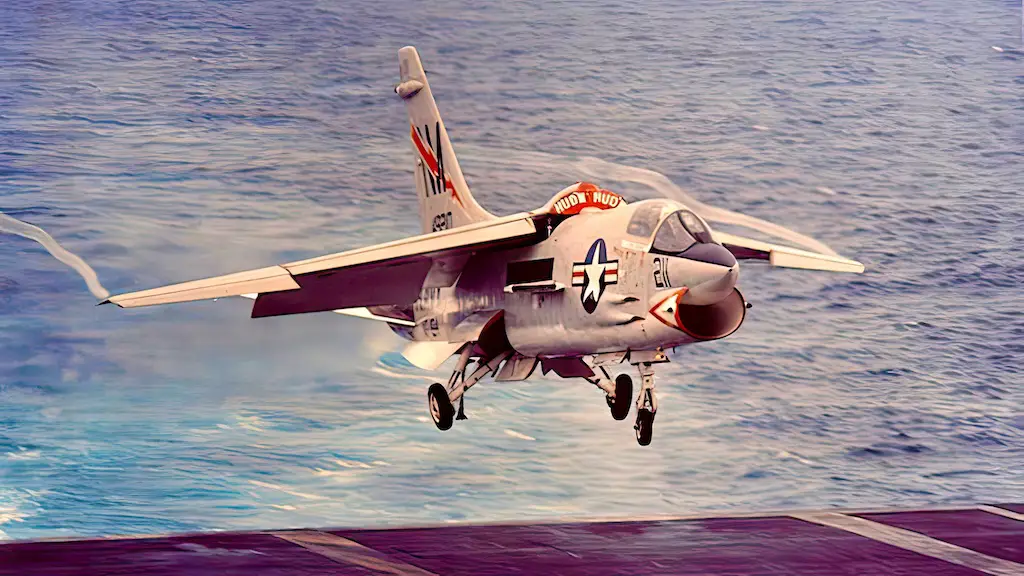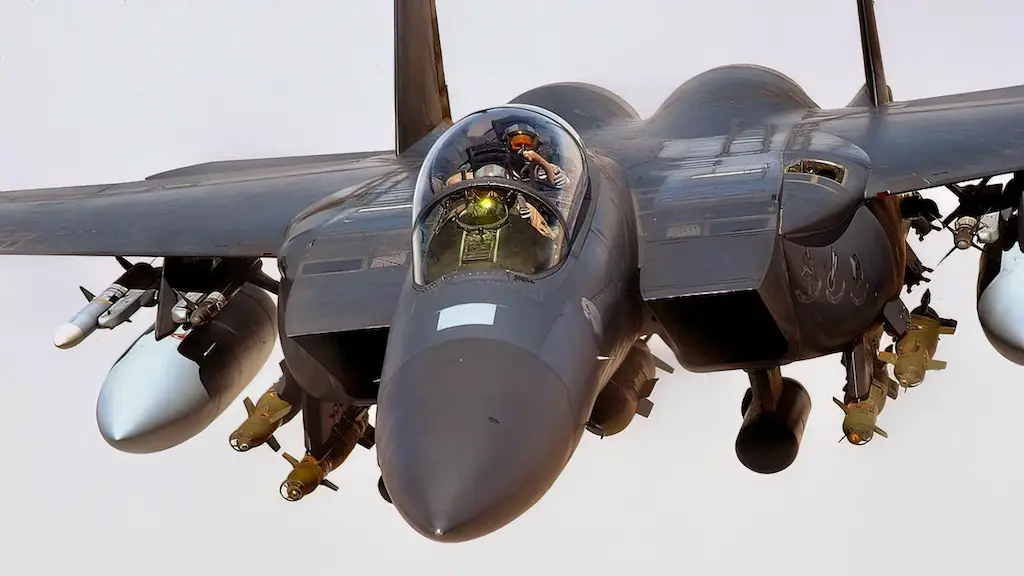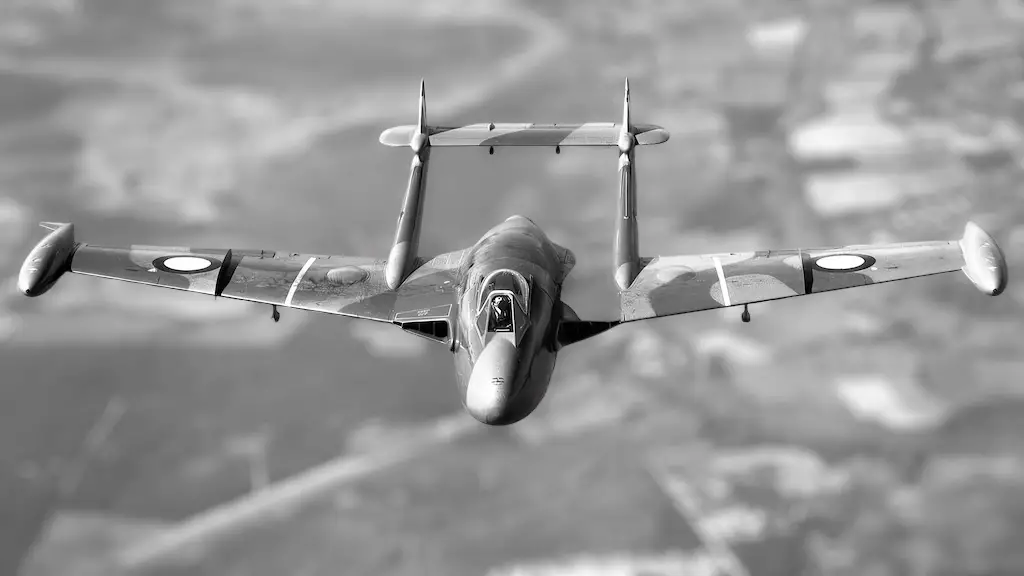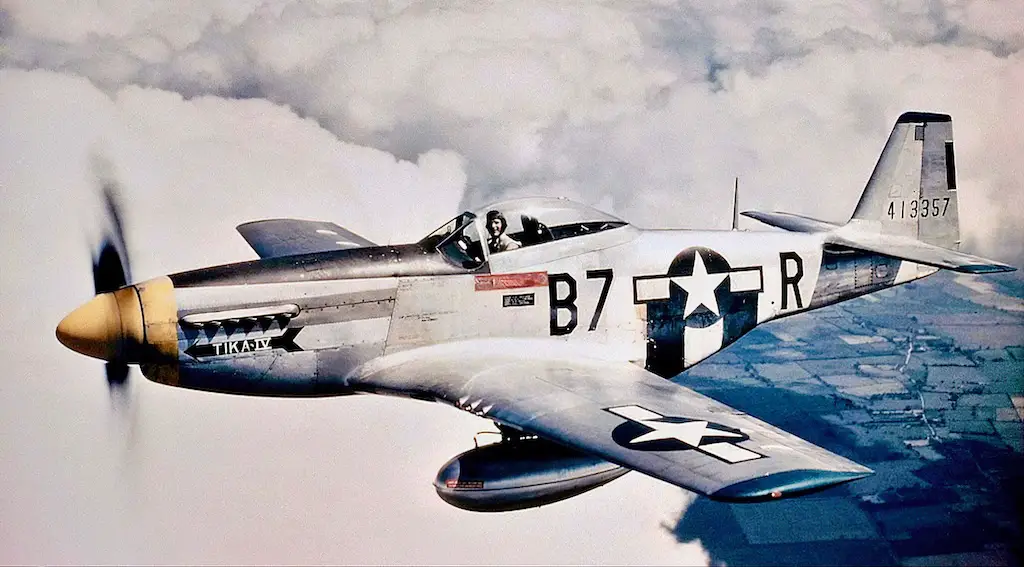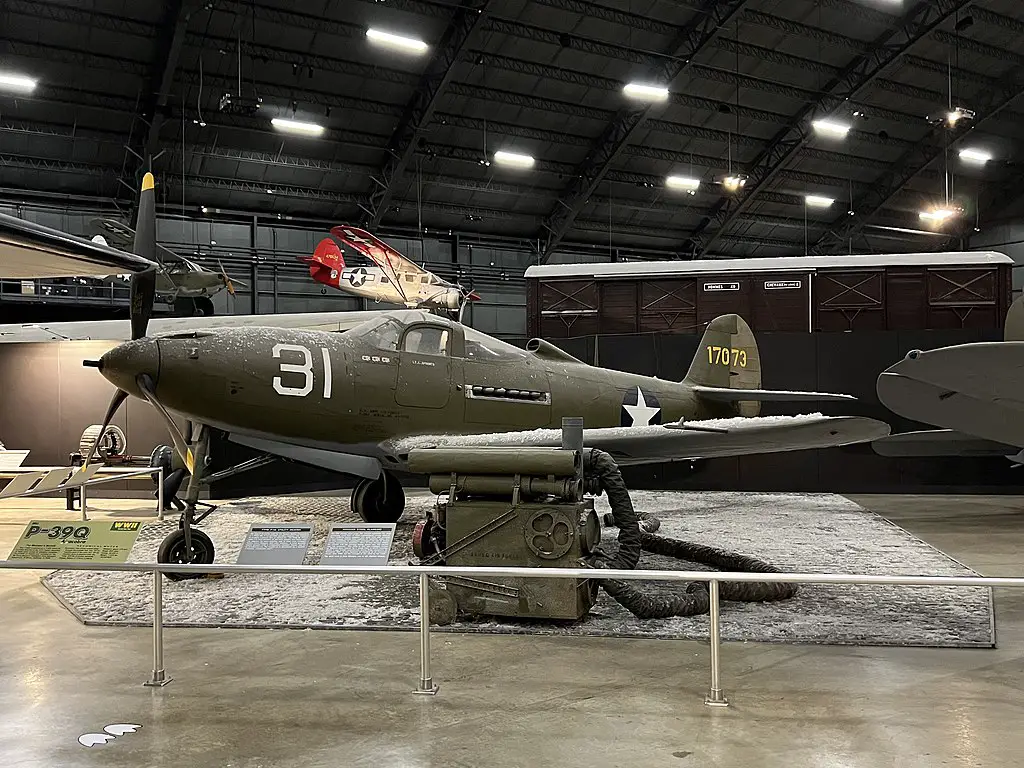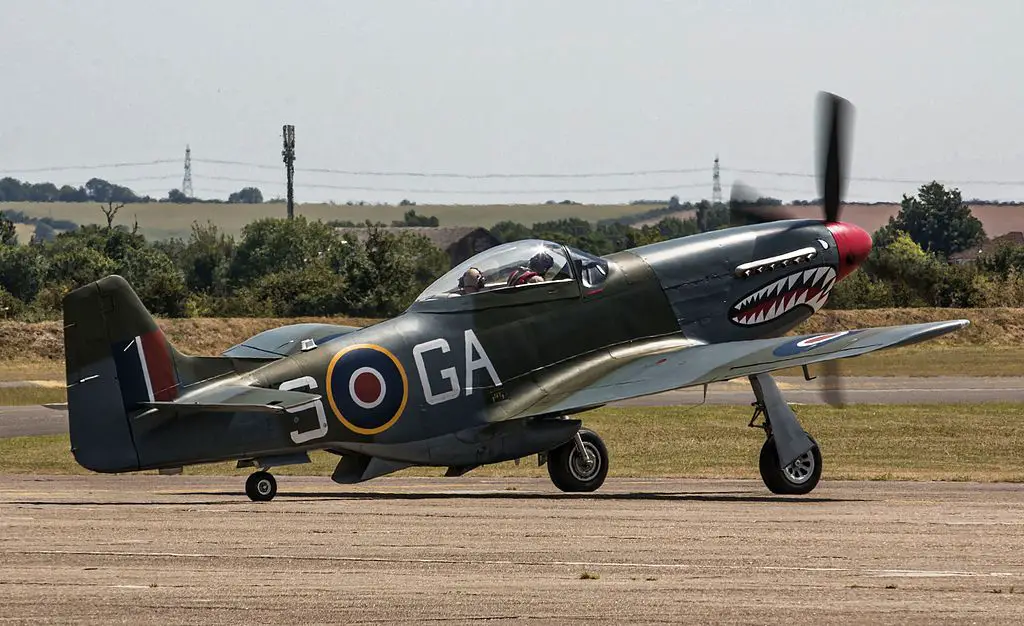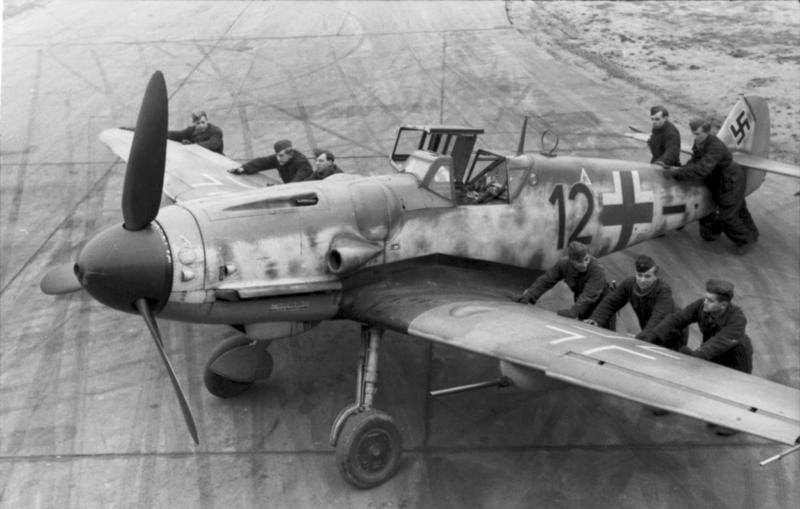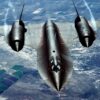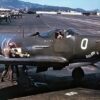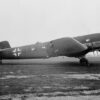A Destiny Written in the Clouds
In California’s vast skies, young Clarence “Bud” Anderson followed the graceful dance of aircraft with his gaze. With every plane he spotted, he let his dreams soar. Armed with his official spotter pack, a tool given to children in the 1930s and 40s, Bud never missed witnessing these flying marvels. He shared his childhood and this sky-high fascination with his best friend Jack Stacker. Little did they know, this love for aircraft would catapult Bud into a future where he would become a legend in the skies.
Bud’s passion for flight was a deep-seated aspiration that grew with him, not just a fleeting childhood fancy. In early 1942, as the world braced for World War II, Bud, on the cusp of adulthood, knew his path lay in the skies. His desire to fly drove him to join the U.S. Army Air Corps. The timing was uncanny – he turned 20 just as America felt a rising need for skilled pilots following the attack on Pearl Harbor.
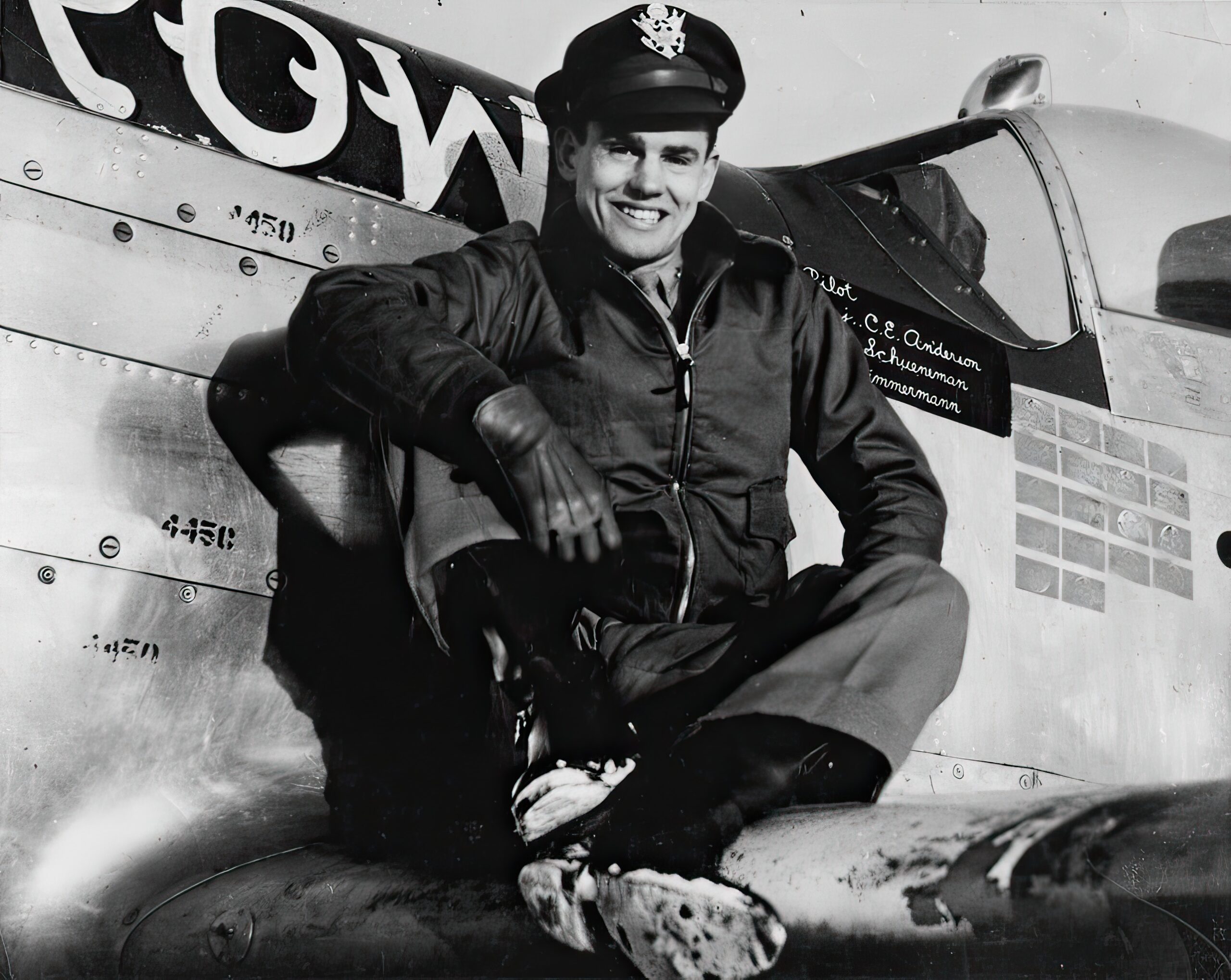
Learning the Ropes of War
Before Bud could make his mark in the war, he had to face the perils of flying. Stationed in San Francisco, he encountered his first harsh lesson in aviation: the unpredictable nature of flight and the thin line between life and death. Tragically, while training a fellow pilot, Bud lost his wingman – a stark introduction to the cost of a single mistake in the skies.
As 1942 ended, Bud’s journey took a significant turn. He became one of the founding leaders of the 357th Fighter Group, a role both prestigious and daunting. His first aircraft in the squadron was “Old Crow,” a name reflecting both wisdom and a nod to a popular whiskey. This marked the inception of a legend, but first, the group had to unite and prepare for the battles ahead.
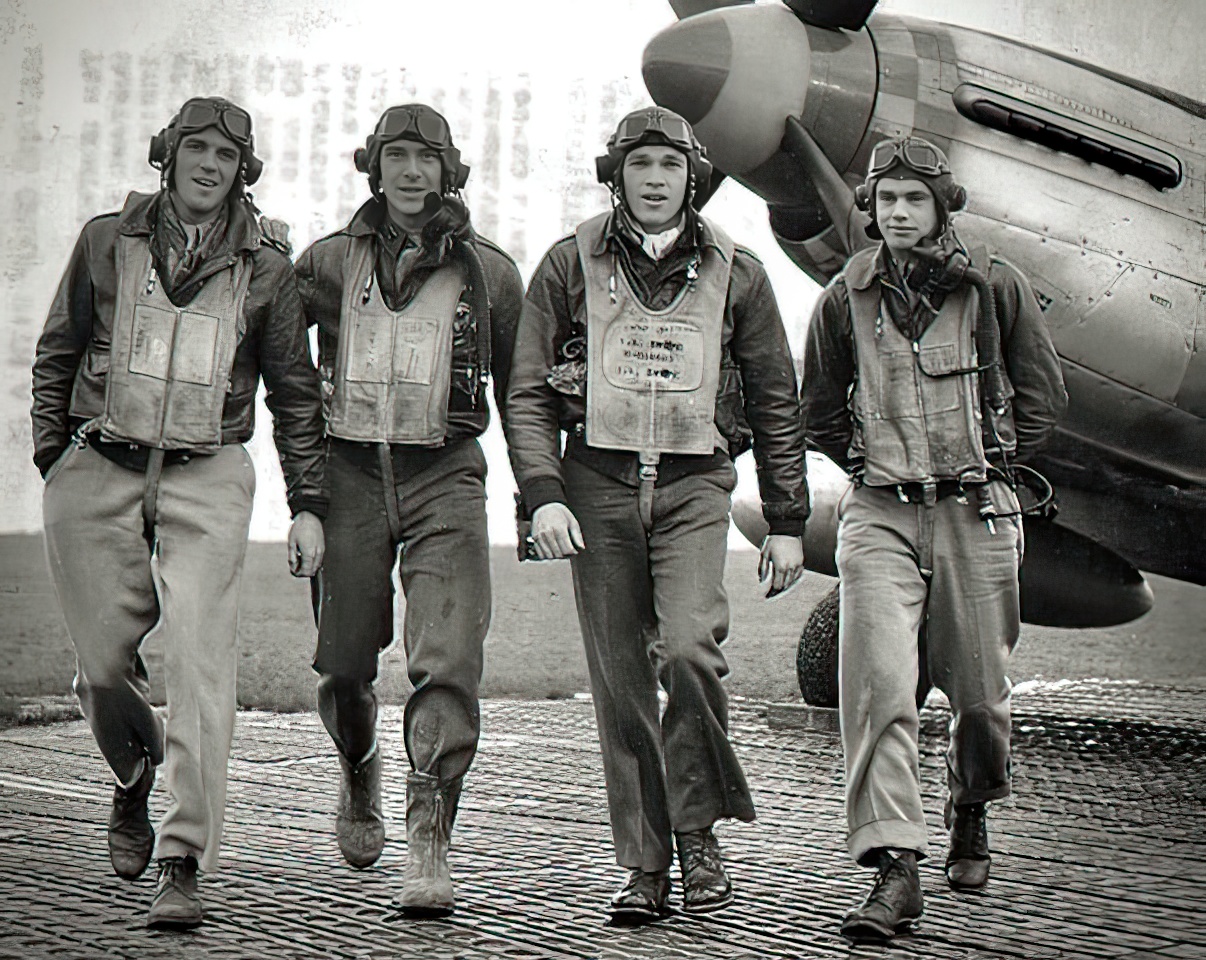
Trial by Fire
The training period for the 357th Fighter Squadron was as perilous as combat. The loss of fellow pilots during this phase reminded them of aviation’s inherent dangers. Despite these losses, the squadron remained focused on the war at hand. Bud’s close-knit relationship with his unit, especially the highly skilled pilot Lloyd Hubbard, underscored the bond and shared determination among these young aviators.
While Bud and his comrades honed their skills, anticipation grew. Eager to prove themselves in combat, they awaited their call to action. This period of waiting tested the patience of these young pilots, who saw others, including Bud’s childhood friend Jack Stacker, deploy ahead of them.
Into the Heart of War
In November 1943, the 357th Fighter Group’s anticipation turned to reality. They finally received their call to the frontlines, not with their familiar P-39s but aboard the Queen Elizabeth, destined for England and the heart of World War II. This transition marked a pivotal moment for Bud and his squadron as they prepared to face the ultimate test.
Before Bud could engage in combat, personal tragedy struck. His childhood friend, Jack Stacker, was reported missing in action after being shot down over Europe. This loss harshly reminded Bud and his comrades of the war’s brutal reality and the constant danger they faced.
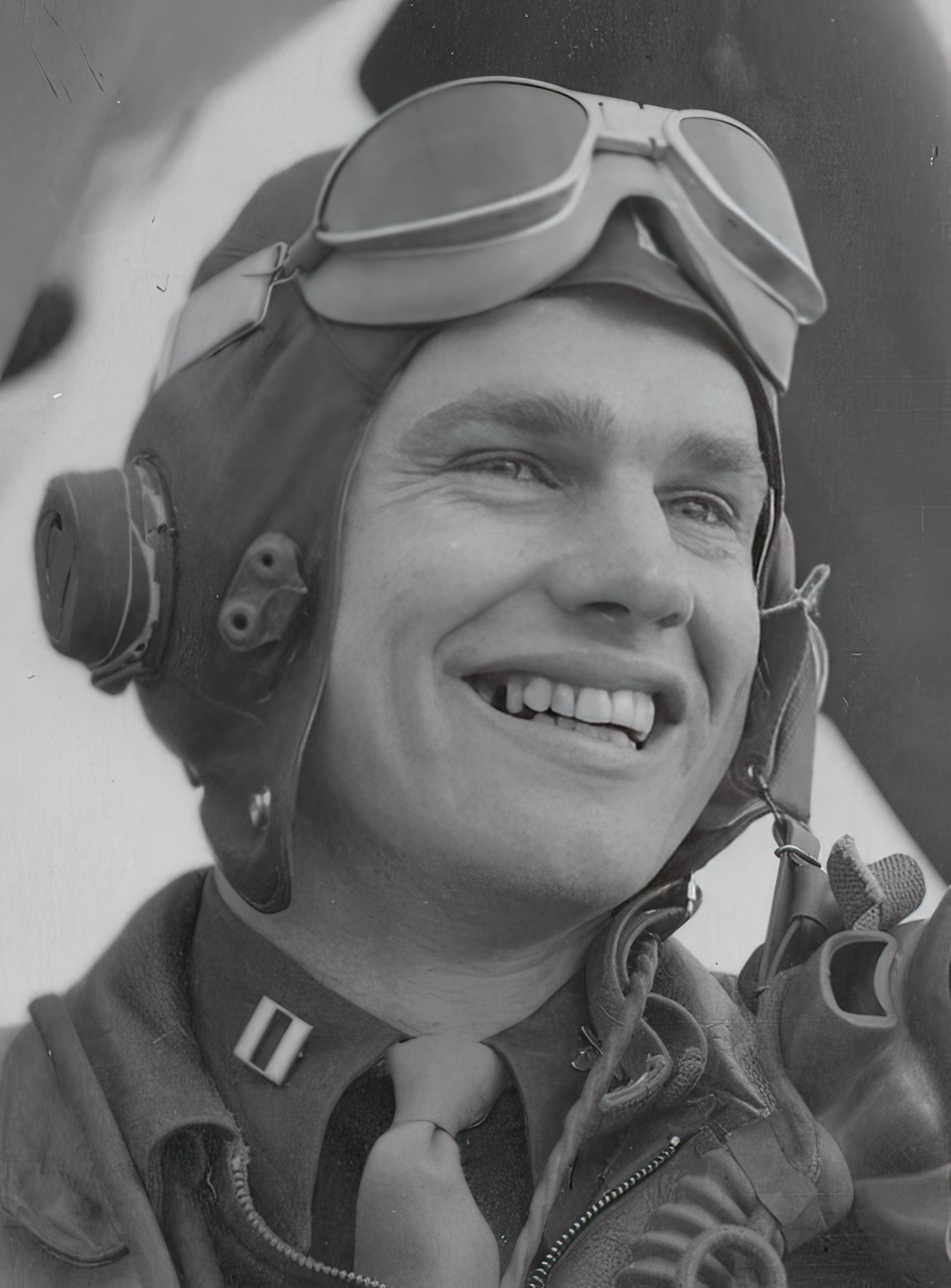
The Introduction of the P-51 Mustang
The 357th soon discovered they would be flying the P-51 Mustang, a state-of-the-art fighter plane. Known for its speed and agility, this aircraft was a game-changer for the squadron. However, the pilots had little time to adapt; they had to learn the Mustang’s intricacies in the thick of combat, a daunting task even for the most skilled aviators.
Bud’s combat initiation was anything but smooth. His first mission, an escort duty over Frankfurt, Germany, involved confusion and near-disaster. Miscommunication over the radio led to a chaotic situation where Bud lost sight of his leader, introducing him jarringly to the unpredictable nature of aerial combat.
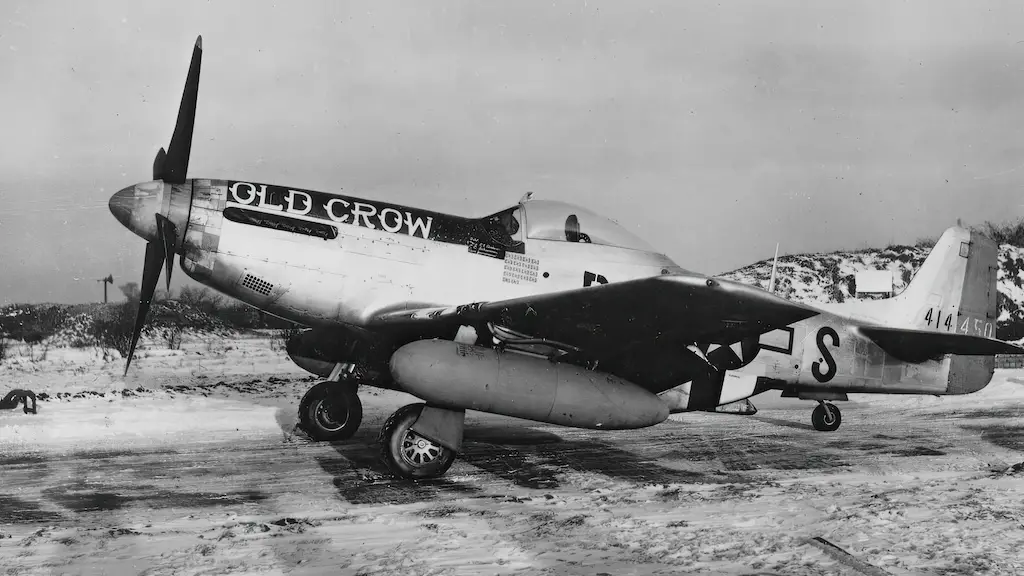
Challenges and Close Calls
Bud’s initial combat experiences mixed adrenaline with learning. He quickly understood the gravity of his role and the slim margin for error. His early missions, which involved protecting bombers over enemy territory, required sharp skills and unwavering focus. Each flight brought new challenges and close calls, shaping Bud into a seasoned fighter pilot.
War’s reality hit home again when Lloyd Hubbard, one of the 357th’s best pilots, passed away on his first mission. This loss deeply affected Bud and his squadron, highlighting their duty’s perilous nature. Despite these hardships, the 357th stayed resolute, driven by a sense of duty and the memory of their fallen comrades.
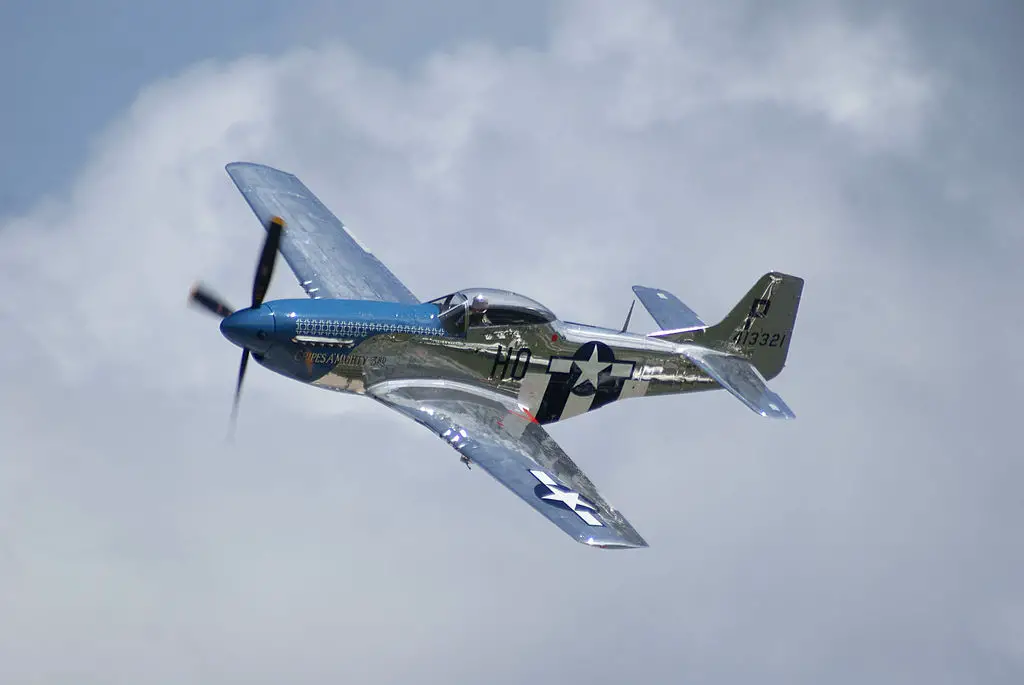
The Making of a Fighter Ace
Bud’s persistence and skill paid off during a mission on March 8, 1944. In a daring engagement with an ME-109, Bud secured his first confirmed kill. This achievement boosted the entire squadron’s morale. It signified that the 357th, despite being new to the theater, was a formidable force.
Through intense combat experiences, Bud evolved from a novice pilot into a skilled leader. His quick decision-making ability, combined with his innate flying talent, set him apart. As he completed more missions, Bud’s reputation as an exceptional fighter pilot grew, solidifying his status as one of America’s greatest living fighter aces.
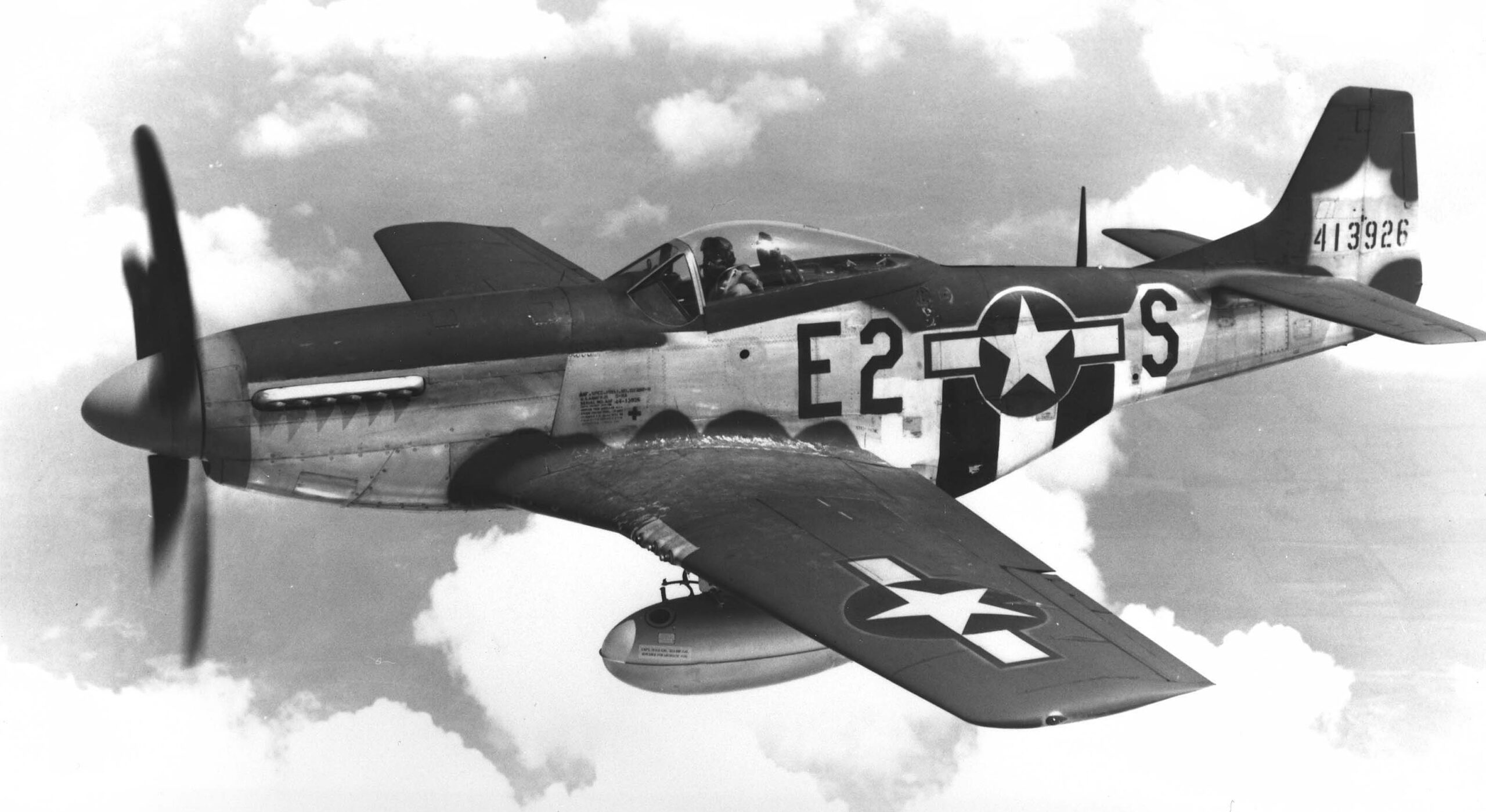
The Ascension of an Ace
Bud Anderson’s journey through the war continued to mark extraordinary feats and harrowing experiences. Each mission sharpened his understanding of aerial combat, honing his instincts and skills. As Bud’s kill count rose, so did his reputation, etching his name in fighter ace legends.
Throughout relentless air battles over Europe, the indomitable spirit of Bud’s beloved Mustang, “Old Crow,” remained constant. The aircraft, an extension of Bud himself, became synonymous with resilience and prowess. Each mission added not only to Bud’s personal tally but also to the storied history of “Old Crow.”
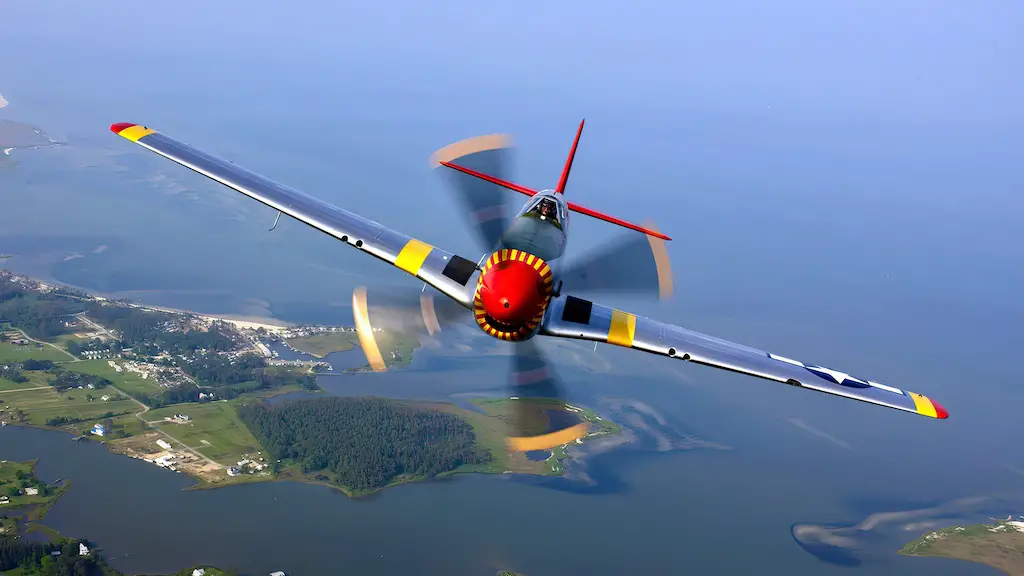
The Cost of War
The war took a heavy toll, and Bud knew loss all too well. Friends and fellow pilots lost their lives in the unforgiving skies of combat. Yet, Bud’s resolve only strengthened through these trials. His dedication to his squadron and mission reflected fighter pilots’ unspoken code: honor the fallen by continuing the fight.
Bud’s tactical acumen in dogfights became legendary. He outmaneuvered and outthought his opponents, showcasing his skill and experience. Each encounter with enemy aircraft was a deadly dance, with Bud often emerging victorious due to his sharp reflexes and strategic prowess.
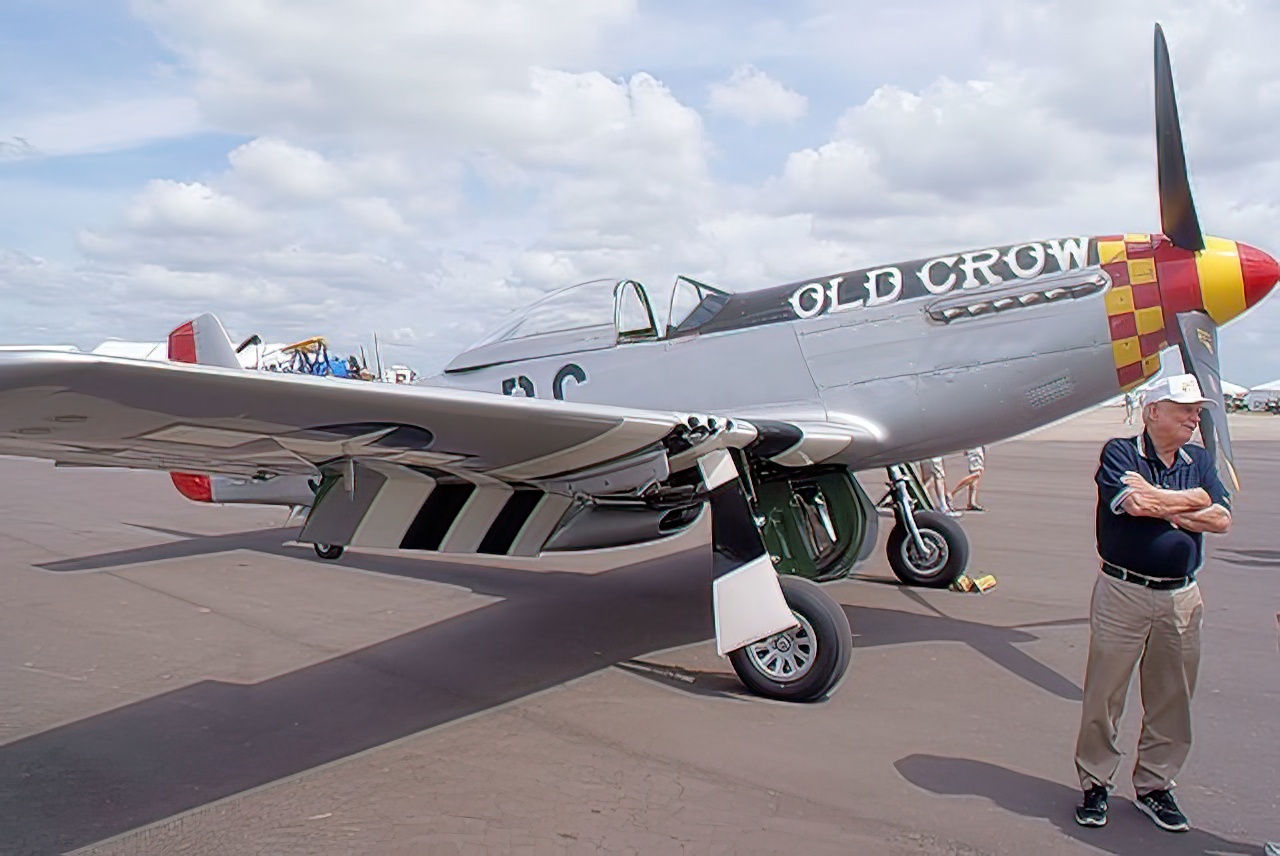
The War Ends, The Story Lives On
As World War II ended, Bud Anderson firmly established himself as one of the most accomplished fighter pilots of his time. His exploits over Europe left an indelible mark on military aviation history. But more than his combat achievements, Bud’s character, courage, and leadership truly defined his legacy.
Bud Anderson’s story, encapsulated chronicles a man’s unwavering passion for flight, resilience in adversity, and commitment to his country.
